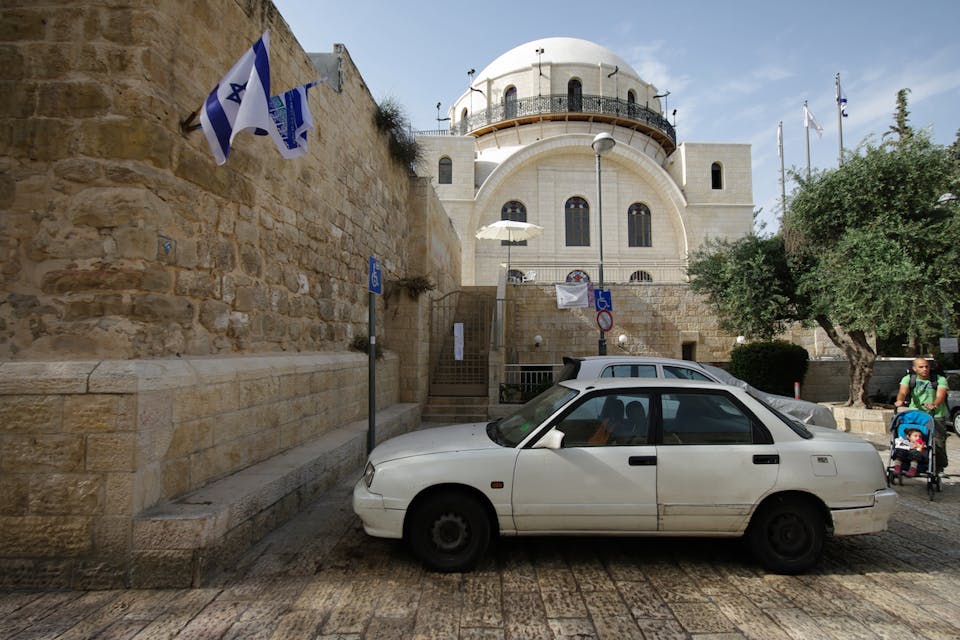
November 1, 2019
The New York Times Slanders Israel—Again
By Rabbi Meir SoloveichikWords that could only have been written out of ignorance or dishonesty.
In the summer of 1920, Herbert Samuel, the high commissioner of British Mandate Palestine, made his way to the Jewish Quarter of Jerusalem’s Old City to mark the Sabbath with his fellow Jews. He entered the Hurva Synagogue, one of the most exquisite edifices in the Jewish world, with its marble floor and its dome adorned with designs that imitated the starry sky. As the guest of honor, Samuel was invited to read the hafatarah, the prophetic portion, from the magnificent bima, or podium, in the center of the synagogue.
It was the Sabbath immediately following the Ninth of Av, when the destruction of the Temple had been mourned. His Majesty’s representative opened the Bible and proclaimed to the assembled Isaiah’s immortal words: “Comfort ye, comfort ye my people…O Jerusalem, that bringest good tidings, lift up thy voice with strength; lift it up, be not afraid; say unto the cities of Judah, Behold your God!” On the heels of the 1917 Balfour declaration promising a Jewish home in Palestine, the messianic era almost appeared to be at hand.
Yet the very name of the synagogue in which these Jews found themselves, the Hebrew word “hurva,” means “ruin,” and would seem to have been a strange description of this beautiful building. It reflected the fact that it had been constructed at the site of a synagogue destroyed a century before, burned to the ground by an Arab mob along with 40 sacred Torah scrolls inside. Calling it “Hurva” emphasized that the structure was built on the ashes of what had been before, a vindication of the Jewish love for Jerusalem. Yet the name also hinted at the hatred some may have for Jews who chose to dwell in Jerusalem—even as Jews celebrated the arrival of a Jewish high commissioner to the bima.